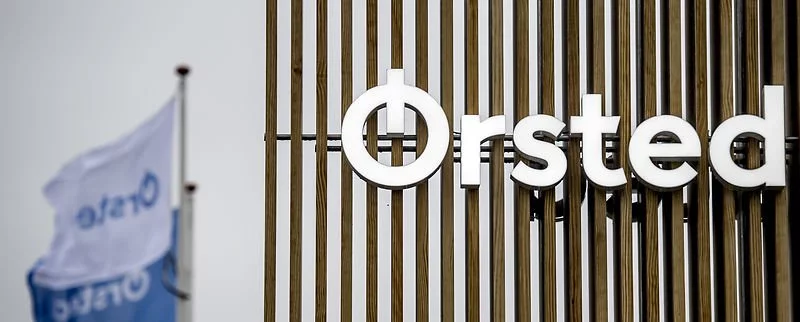Uddrag fra Alphavalue
ORSTED : FY24: New CEO R. Errboe reshapes strategy to further strengthen the balance sheet
In line with the guidance from last month’s DKK 12.1bn impairment announcement on the U.S. portfolio, Ørsted reported a 2024 EBITDA of DKK 24.8bn (excluding new partnerships and cancellation fees). Rasmus Errboe, who replaced Mads Nipper as CEO last week, marks his arrival with a new downward recalibration of the strategic plan by 2030. The goal is clear: improve credit metrics, maintain a solid investment-grade rating, and resume dividend payments by 2026 as planned.
FACT
FY24 Key Highlights
- EBITDA excl. new partnerships and cancellation fees up by 3% to DKK 24.8bn
- Positive reversal of cancellation fees related to Ocean Wind cancellation of DKK 7.3bn
- Total impairments of DKK 15.6bn vs DKK 26.7bn in FY23
- Net income of DKK 0.0bn vs DKK -20.1bn in FY23
- FCF still negative and down by -4% to DKK -8.7bn
- FFO/adjusted net debt down to 13.2% from 28.6% in FY23 which is deemed weak
ANALYSIS
To restore confidence among bondholders and shareholders, Rasmus Errboe announced a strategic adjustment with the following key measures:
1. Reducing the investment programme from DKK 270bn to DKK 210-230bn over the 2024-2030 period.
2. Proceeding with ongoing construction projects as planned.
3. Executing the divestment programme.
Regarding the investment plan reduction, Ørsted has not provided new capacity installation targets by technology for 2030, nor has it set a new EBITDA target. Additionally, the company has not specified where investment cuts will be made. As a result, Ørsted has abandoned its previous ambition of achieving 35-38 GW of installed renewable capacity by 2030, along with its targeted EBITDA (excluding new partnerships) of approximately DKK 39-43bn by 2030.
For the financing of the new plan, Ørsted has reduced the contribution from partnerships and divestments from 35% to 30%, offset by an increased contribution from CFO, rising from 50% to 55%. Tax equity, debt, and hybrids remain stable at 15%. This lower reliance on partnerships and divestments suggests a more challenging environment for asset sales. Additionally, in FY24, Ørsted generated DKK 15.7bn from divestments but did not report the EBITDA contribution from these disposals.
Ørsted stated that it is in advanced negotiations to close multiple transactions and expects proceeds of DKK 50-60bn over 2025-26, which remains in line with the previous guidance of DKK 70-80bn over three years.
In our view, this reduction in the investment plan marks another setback in the company’s ability to create shareholder value from deployed capex, despite Ørsted maintaining its target of an unlevered, fully loaded lifecycle IRR at a 150-300 bps spread over WACC.
In 2024, Ørsted recognised DKK 15.6bn in impairments, mainly from US projects (DKK 14.1bn) and the FlagshipONE shutdown (DKK 1.5bn). US impairments were driven by higher long-term interest rates, lower seabed valuations, construction delays, and rising costs for Revolution Wind and Sunrise Wind. However, Ørsted successfully renegotiated Ocean Wind contract settlements, achieving a better-than-expected outcome and reversing DKK 7.3bn in cancellation fees.
Outlook
Ørsted now expects its 2025 EBITDA, excluding new partnership agreements and cancellation fees, to be in the range of DKK 25-28bn, in line with the consensus estimate of about DKK 27bn. Gross investments are expected to be DKK 50-54bn.
The 2026 EBITDA (excluding new partnerships and cancellation fees) is projected at DKK 29-33bn, also aligning with the consensus estimate of about DKK 30bn.
IMPACT
Our model will be revised, but we nonetheless expect a rather positive market reaction to this decision. However, we still remain very cautious about the stock while awaiting new medium-term EBITDA trajectories, which, in our view, could reflect not only the reduction in capex but also an underlying impact from recent impairments on the U.S. portfolio.

